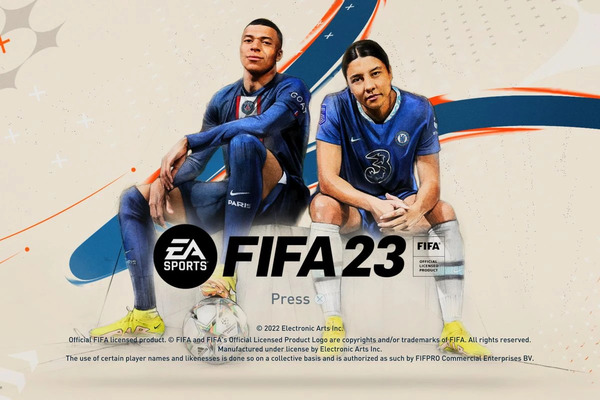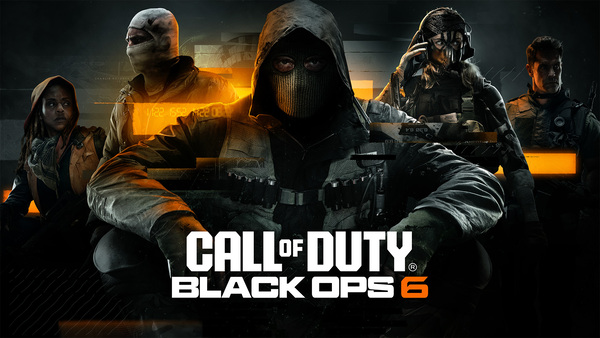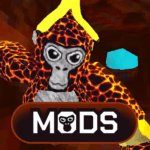Popular Now
Poppy Playtime has become one of the most talked-about horror franchises in recent years. With its eerie atmosphere, innovative gameplay, and viral marketing, it quickly captured the imagination of players worldwide. But as more chapters were released, something became increasingly apparent: the narrative started to show cracks. Fans who were excited to piece together the mystery found themselves confused by timelines, character histories, and story shifts that often seemed contradictory or unexplained.
In this article, we’ll explore one of the most significant issues in Poppy Playtime—its narrative inconsistency and fractured timeline. We’ll trace the story through each chapter, highlight the contradictions, and examine the effects this has on player immersion and lore building.
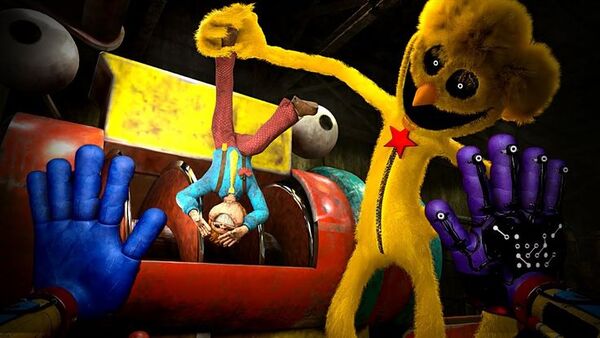
1. The Premise and Promise of Chapter 1
Setting the Scene
Chapter 1 introduced us to the abandoned Playtime Co. toy factory, once a bustling workplace now steeped in mystery and silence. The player is drawn in by a letter suggesting that the employees are still inside. It’s a simple setup, but one that hooks players instantly.
Initial Narrative Clues
We’re introduced to Huggy Wuggy and a few audio tapes that hint at a darker story beneath the surface. The pacing, setting, and mystery work beautifully together. Importantly, everything in Chapter 1 seems consistent—there’s a clear tone, mystery, and logic.
2. The Expansion and Escalation of Chapter 2
From Factory to Train Station
Chapter 2 expands the environment, bringing players into deeper factory systems, revealing new toys like Mommy Long Legs. However, this is where the timeline starts to blur. The introduction of various "testing" scenarios makes it hard to determine when these events occurred or how they align with Chapter 1.
Muddying the Story Waters
We get more lore, but it’s layered in inconsistently. For instance, Mommy Long Legs appears as a failed experiment, but her origin doesn’t line up with earlier hints about toy development. There’s no clear point of reference for when the company fell apart or how these creatures became hostile.
3. The Problem with the Protagonist’s Identity
Who Are We, Really?
Throughout the game, the player assumes the role of a nameless protagonist. But as new chapters come out, theories have exploded—are we a former employee, a survivor, or even a human experiment?
Lack of Clarification
Each chapter adds ambiguity instead of clarity. Chapter 2’s puzzles and commentary imply we may have some deeper connection to Playtime Co., but there's no consistency or confirmation. This leaves players frustrated instead of intrigued.
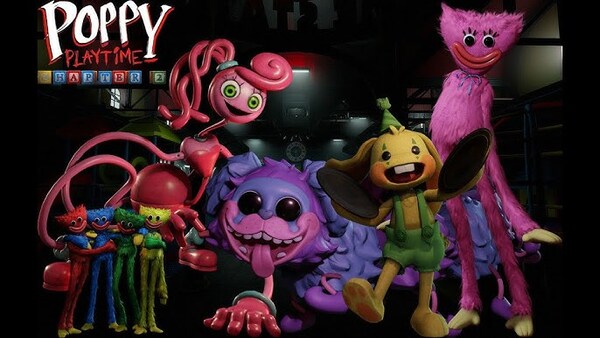
4. Inconsistencies in the Timeline of Experiments
Conflicting Logs
Audio logs and VHS tapes are scattered throughout the game, offering glimpses into Project Experiment 1006 and others. However, the dates and sequence of these logs often contradict environmental storytelling. One tape implies that an experiment went rogue, yet the following scenes suggest it’s still being observed.
Failed Chronology
This disjointed storytelling approach turns what could have been a compelling investigation into an unsolvable puzzle. Players want to piece the mystery together, but inconsistent timelines make that almost impossible.
5. Character Backstories that Shift Without Reason
The Case of Poppy
Poppy is introduced as the central mystery—“the first intelligent doll.” But by Chapter 2, her character shifts from being an enigma to a helpful guide, then back to ambiguous manipulator by the end. These transitions aren’t earned or explained.
Other Toy Characters
Mommy Long Legs, Kissy Missy, and others are each introduced with flair but lack follow-through. Their stories feel retrofitted—designed to fit new levels rather than form a cohesive narrative.
6. The “Memory” Mechanic and Lore Manipulation
Dreams or Realities?
Chapter 2 briefly flirts with memory-like sequences, suggesting the protagonist might be experiencing past events or hallucinations. This could have been a powerful storytelling tool—if it were consistent.
Lore Bending
Instead, these moments feel like shortcuts to introduce creepy imagery without grounding it in the plot. Is the train scene a dream? A memory? A metaphor? The game never clarifies.

7. Marketing vs. In-Game Reality
Viral Teasers Create Expectations
Poppy Playtime’s trailers and viral marketing campaigns drop tantalizing lore hints. Fans pick apart every frame, assuming they’ll see these stories play out in-game.
Disconnect Between Hype and Story
But many of these hints are never followed up. Characters teased in trailers don’t appear until much later (if at all), and major story beats are suggested only to be ignored in-game. This gap widens the narrative divide.
8. Ambiguous Villain Motivations
What Does Experiment 1006 Want?
This is supposedly the central antagonist, yet we know very little. Is it sentient? Is it hunting us? Why does it kill other toys? The tapes imply it’s strategic, but it’s never seen or fully explained.
Toy Behavior Makes No Sense
Huggy Wuggy, Mommy Long Legs, and others behave in ways that contradict their supposed goals. Are they protecting secrets? Escaping? Following orders? The game doesn’t establish consistent motivations.
9. Missed Opportunities for Environmental Storytelling
Strong Art Design, Weak Context
The environments are visually rich, filled with visual clues and decayed workspaces. But they rarely connect back to the story in a meaningful way. A child’s drawing on the wall might be creepy, but who drew it? When?
Lost in the Details
There’s too much environmental data with too little narrative payoff. Players are encouraged to explore, but they find disconnected pieces rather than fitting puzzle parts.
10. The Risk of Narrative Collapse in Future Chapters
Too Many Loose Threads
With every new chapter, the story grows more convoluted. Characters reappear without explanation, timelines stretch, and motivations change. If the developers don’t address these inconsistencies, the narrative may collapse under its own weight.
How to Fix It
There’s still time. Future chapters could:
-
Offer a clear timeline of events
-
Confirm the protagonist’s identity
-
Resolve conflicting logs with a “reliable narrator” twist
-
Connect chapters with recurring motifs and cause-effect storytelling
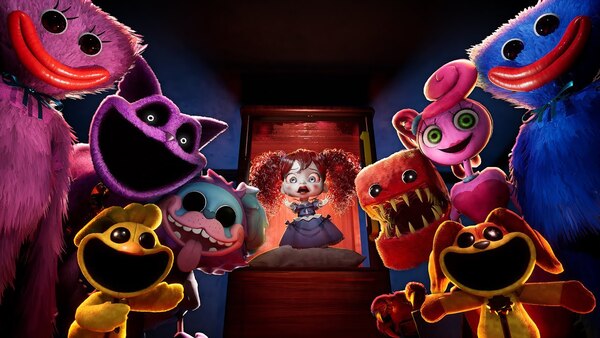
Conclusion
Poppy Playtime’s biggest monster isn’t Huggy Wuggy—it’s the story itself. What began as a tightly controlled mystery has expanded into a tangled web of disconnected clues, character inconsistencies, and timeline contradictions. While the game excels in atmosphere and design, its narrative foundation is showing serious cracks.
That doesn’t mean the franchise is beyond saving. If the developers choose to address these issues head-on, there’s still time to create a cohesive, compelling arc. But if the lore remains inconsistent, even the most dedicated fans may eventually walk away from the mystery, unable to trust that the payoff will ever come.












